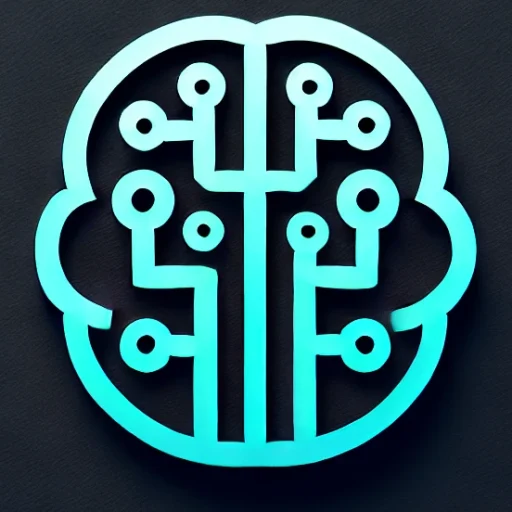
Introduction
In recent years, the field of artificial intelligence has witnessed remarkable progress, yet none as transformative as the advent of generative AI. These systems, epitomized by models like GPT-4, DALL-E, and Stable Diffusion, are not just advancing the computational capabilities but reshaping the creative horizons across industries. In this post, we delve into why generative AI stands as the most significant driving force in today’s AI landscape.
Key Insights & Latest Advancements
Generative AI refers to algorithms that can create new content, whether it’s text, imagery, music, or even entire virtual worlds. The development of sophisticated transformer-based architectures and the scaling of these models has allowed for unprecedented leaps in capability and scope. GPT-4, for instance, has shown remarkable proficiency in understanding context, generating human-like text, and even providing insightful conversational responses.
One standout feature of generative AI is its adaptability across languages and its ability to integrate cultural nuances, making it a powerful tool in the global market. Furthermore, the continuous refinement of these models, including advances in zero-shot and few-shot learning, has enhanced their versatility and application potential.
Real-World Applications
Generative AI has already made significant inroads into various sectors. In content creation, AI tools are aiding writers, journalists, and marketers in generating high-quality content at scale. In the realm of design, artists and designers leverage AI to automate repetitive tasks and prototype ideas faster than ever before. Additionally, the gaming industry uses these technologies to create more immersive and dynamic environments, often simulating human-like interactions within games.
In healthcare, generative models are pioneering new ways of diagnosing diseases through medical imaging, as well as in drug discovery by predicting molecular properties and interactions. The finance sector uses these models to generate forecasts and simulate financial trends, improving strategic decisions.
Challenges & Future Outlook
Despite its impressive capabilities, generative AI faces several challenges. Ethical considerations around data biases, intellectual property, and the potential misuse for deepfakes and misinformation remain prominent. The computational resources required to train these large models are significant, raising concerns about environmental impact and accessibility.
Looking ahead, the future of generative AI seems promising yet necessitates a focus on ethical AI practices and sustainability. Continued research is essential to make these technologies more efficient, reduce their environmental footprint, and enhance their accessibility to a broader range of users and applications.
Conclusion & Key Takeaways
Generative AI represents a seismic shift in the capabilities and influence of artificial intelligence. As these models progressively integrate into various industries, they promise both transformative benefits and complex challenges. Stakeholders must prioritize ethical frameworks and sustainable practices to ensure these technologies serve the broader good of society. As we continue to explore the potential of generative AI, staying informed and adaptable will be key to harnessing its power effectively.
Generative AI’s continued evolution is not just a technological milestone; it is a narrative of possibilities, reshaping how we create, interact, and innovate.

